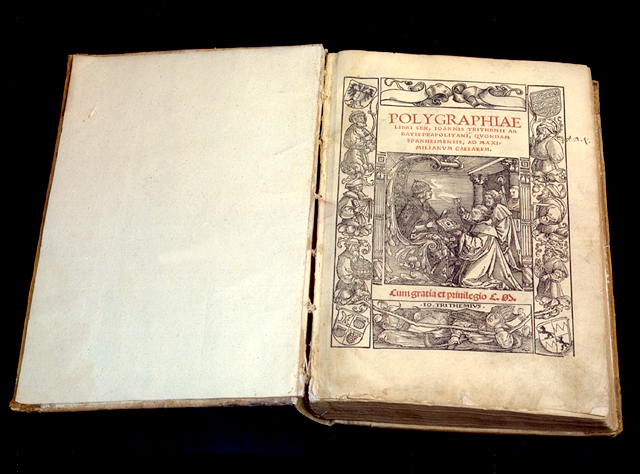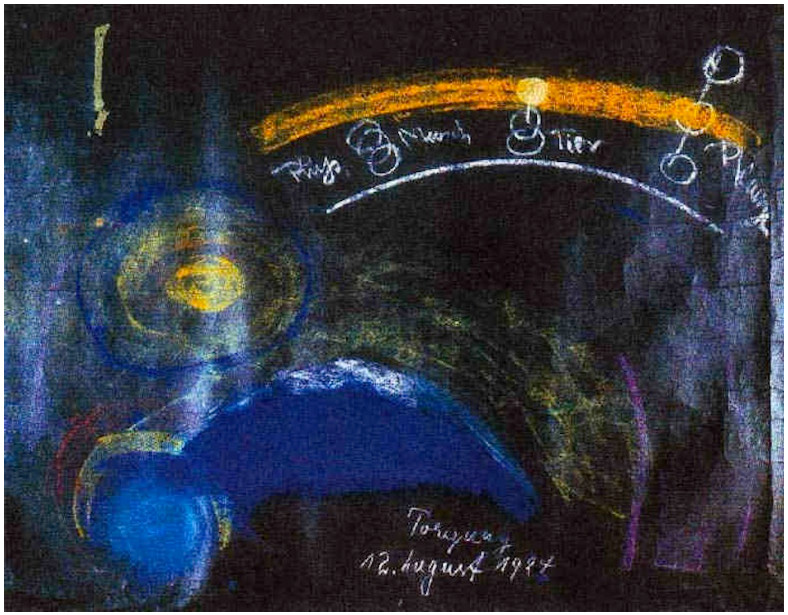Entries in the keyword index of C. Bernard Ruffin’s Last Words (1995), a collection of the final utterances of famous people:
- bored: I’m b. 98; I am b. of it all 393
- comfortable: I am c. 154; perfectly c. 307; very c. 549; quite c. 752; most c. and pleasant life 873; c. enough to die 1223
- cry/crying: don’t c. 498, 712, 1397; you mustn’t c. 654; nothing to c. about 654; do not c. 957; why are you c. 1152; you’re not c. 1648; you cannot c. 1651; departed with a sad c. 1700
- damn/damned: d. it! 463, 883; can’t see a d. thing 580; God d. it! 645, 814; God d. the whole friggin’ world 645; God d. you! 719, 733; lot of d. foolery! 907; so d. much left 1137; a god-d. hotel room 1398; your d. lies 1443; all the d.-fool things you do 1469; I’m so d. tired 1623; God d. 1836; d. tired 1858; take the d. thing away 1960
- dark: why is it so d. 352; too d. 493, 1425; leap in the d. 898; the d. way of the Church 936; life is d. to me 1192; laboring from daylight to d. 1251; long, d. road 1428; d. o’er the way 1499; go home in the d. 1509
- grieve: do not g. for me 46; it is wrong to g. about it 10; don’t g. 146; do not g. 207, 1453; g. not for my death 592; why should you g., daughter 899
- sad: s. that I have to leave 118; you mustn’t be s. 654; it’s s. to live on a Monday 1535; parted with a s. cry 1700
- worry: don’t w. about me 194; don’t w. 455, 777, 1515; I am not w. 782; do not w. 795; does not w. me at all 1152; nothing to w. about 1167 that does not w. me 1418; don’t you w. about anything 1727
Minutes before his death, retired Supreme Court justice Felix Frankfurter told an aide visiting him in the hospital, “I hope I don’t spoil your Washington’s birthday.”


